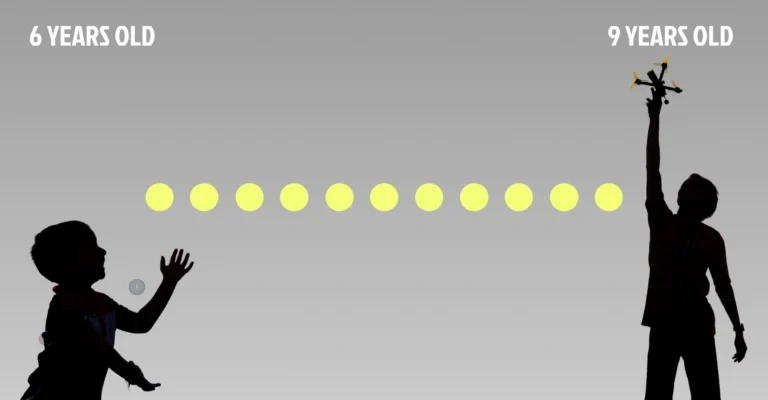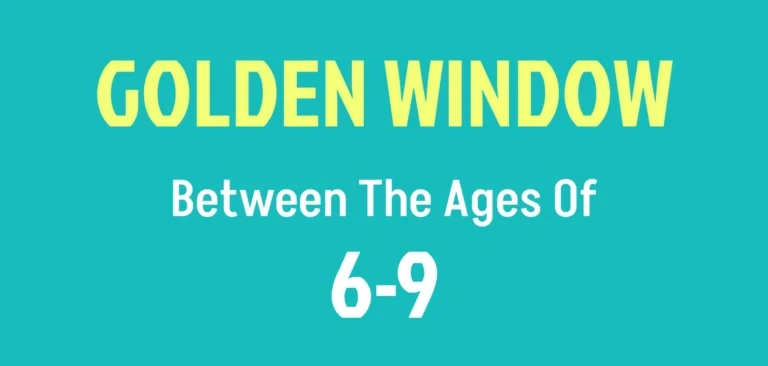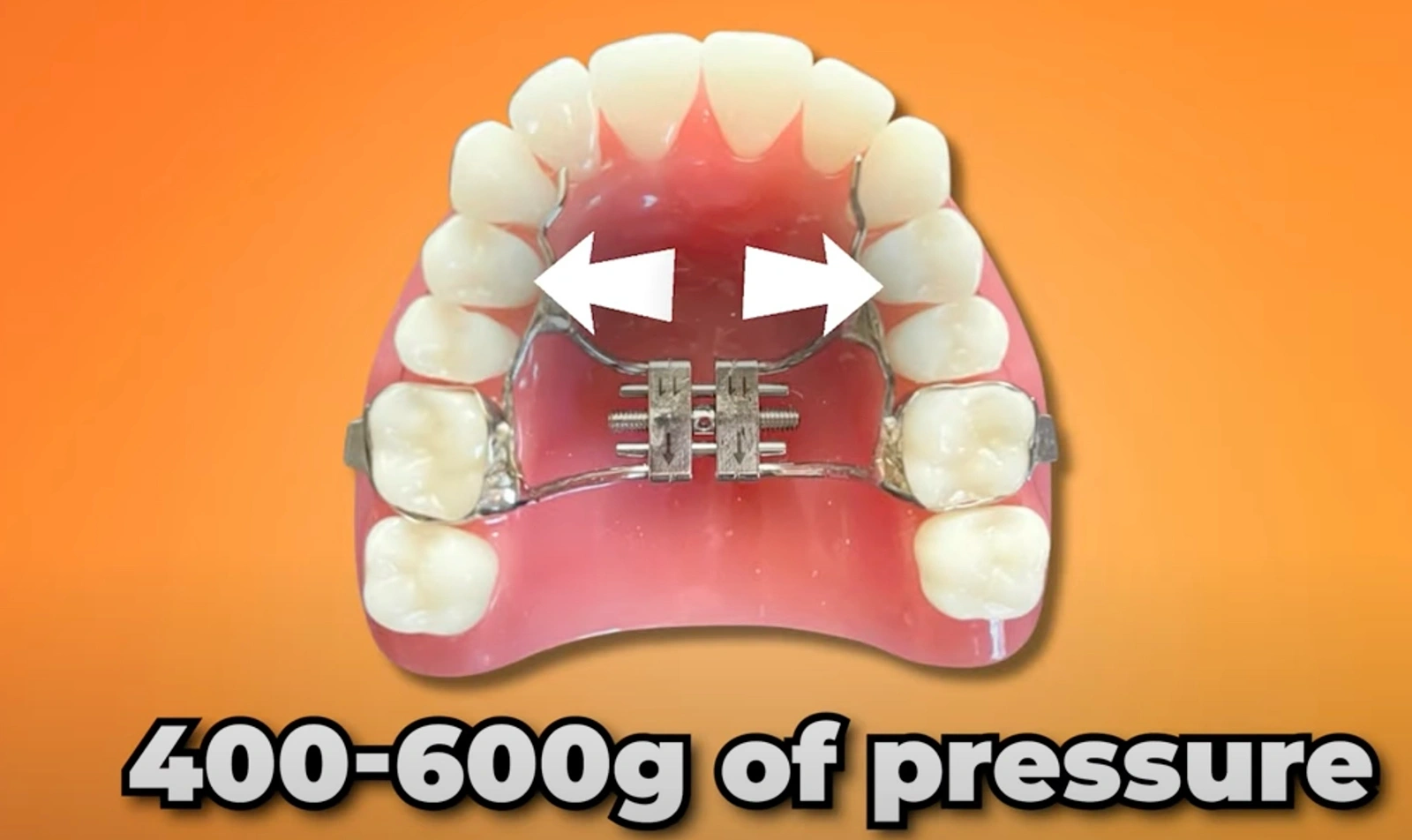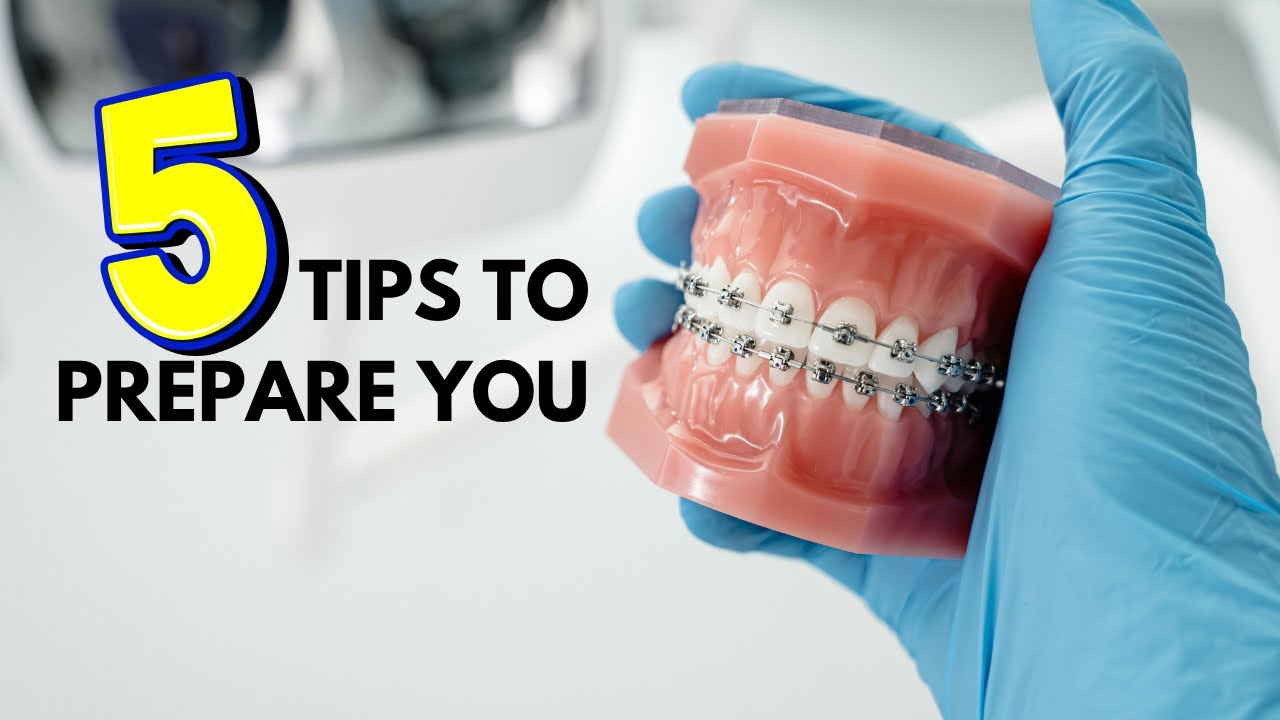
As parents, we all want the best for our kids—especially when it comes to their health and confidence. One of the most common questions we hear from parents is: “When should my child see an orthodontist?”
You might be surprised to learn that the best time for your child’s first orthodontic check-up isn’t when all their adult teeth have come in (around age 12), as many people—and even some dentists and Google—still believe. According to the American Association of Orthodontists, the right age is 7.

But here’s something even more surprising: based on years of clinical experience, I believe age 6 is the true sweet spot. Here’s why.
Why Age 6–9 Is the “Golden Window” for Orthodontics
At this young age, your child’s jaw and facial bones are still growing and moldable. That means we have a limited but powerful window of opportunity to guide development, fix problems early, and prevent more serious issues later on—like severe crowding, overbites, underbites, or even the need for jaw surgery or tooth extractions.

The earlier we intercept these issues, the less invasive and more effective the treatment. Plus, kids aged 6 to 9 are incredibly compliant—they listen to their parents, follow directions, and are starting to care about their appearance. It’s the perfect storm for success.
Why Don’t All Orthodontists Treat Early?
Orthodontics is a small, specialized field—only about 8,400 orthodontists in the U.S.—and many stick to the techniques they learned during their training. In fact, about 40% of orthodontists don’t treat kids before age 12, missing this key early window.
That’s why it’s so important to choose an orthodontist who’s trained and experienced in early, interceptive treatment. It’s not just about straight teeth—it’s about setting your child up for long-term oral health success.
So, What Is This Early Treatment Called?
You may have heard different terms thrown around—let’s break them down:
Why is it called Phase I?
Phase I treatment is a type of early orthodontic intervention that typically occurs between the ages of 6 and 9, when a child’s permanent teeth are beginning to emerge. It is called Phase I as there is an assumption that there will be a Phase II – around the age of 12 – when all the adult teeth have erupted. As an Orthodontist practicing for over 25 years – I disagree with the term “Phase I”. If you intercept the problem early with correct orthodontic treatment there should either be no Phase II or a quick, simple treatment later on; no full-blown braces at age 12. Yes, no one can control if the teeth grow in twisted even though the bite is correct. But the solid bite foundation has been set at ages 6-9 so there should be no big surprises later on.
Why is it called Early Treatment?
By addressing these issues early on, this treatment can help reduce the need for more complex orthodontic procedures later. But again, I think this term is not very accurate. When someone is “early” for an appointment, that’s good, but they still have to wait. So early is ok, but wouldn’t “right-on-time” orthodontic treatment be so much better and appropriate?
Why is it called Interceptive Orthodontic Treatment?
This to me is an accurate term and describes exactly the WHY we are doing treatment. If you have seen the above multiple patient examples and the option of doing nothing this will make sense: We intercept moderate to severe bites and misaligned teeth problems that will definitely create severe to very severe problems later on, such as extractions, surgery and compromised outcomes resulting in more pain, time and money.
- Do we intercept extractions later on? YES
- Do we intercept jaw surgery later on? YES
- Do we intercept impacted (stuck to the bone teeth) later on? YES
- Do we intercept bad bites caused by habits later on? YES
Invisalign® First: The Game-Changer for Kids
Think Invisalign® is just for teens and adults? Think again. Invisalign® First is designed specifically for children and is revolutionizing orthodontic care.

Here’s why parents love it:
- Virtually no pain – gentle, low-force aligners.
- No breakages – new aligners every week, no emergency visits.
- Eat whatever you want – just pop them out!
- Better hygiene – brushing and flossing is a breeze.
- Faster treatment – often half the time of traditional braces.
- Fewer appointments – compliant kids only need to come in every 15 weeks.
And the best part? Kids aged 6–9 are the most compliant group I’ve ever treated. Seriously. Better than teens. Better than adults.
Why? Psychologists say this is the age where kids start to understand cause and effect. They still listen to Mom and Dad. They’re learning independence but still eager to please. They also begin to care about how they look. It’s a powerful combination—and it leads to amazing results.
A Personal Note About Pain and Compliance
When I was a kid, I wore a headgear. I looked like an alien and felt miserable. Today, we have so much better technology—and it doesn’t have to hurt. Aligners use just 5–10 grams of force compared to 400–600 grams from expanders or 100 grams from braces. If something’s painful, kids won’t stick with it. But when treatment is comfortable and convenient, they do.
Let’s Make Things Easier for Parents, Too with Invisalign®
- No emergency visits for broken brackets.
- No food restrictions.
- No 5-minute flossing sessions after every snack.
- No missed school days or work interruptions.
Just easy, effective, modern treatment that works with your family’s lifestyle—not against it.
Don’t Wait – The Time Is Now
Seeing an orthodontist at age 6–7 isn’t too early—it’s just right. And waiting could mean the difference between a smooth, painless journey and years of complex, costly treatment down the road.

Want to see more?
Check out our live YouTube version of this blog where we show real cases, explain the process, and answer common parent questions
Don’t wait! Early Treatment to intercept these problems can mean the difference between a simple pain-free solution and years of complicated, costly and painful treatments later on.
Have questions? Ready to schedule your child’s first orthodontic checkup?
We’d love to meet you and help give your child a lifetime of healthy, confident smiles.



